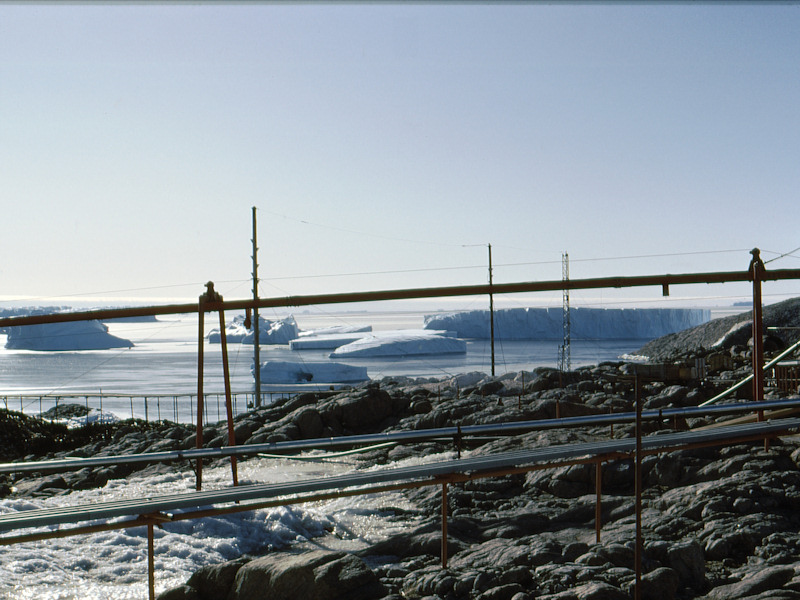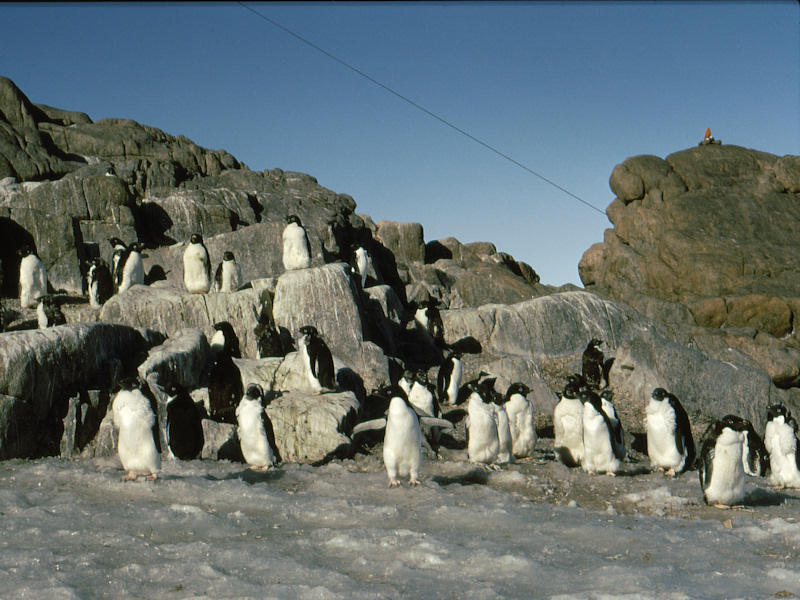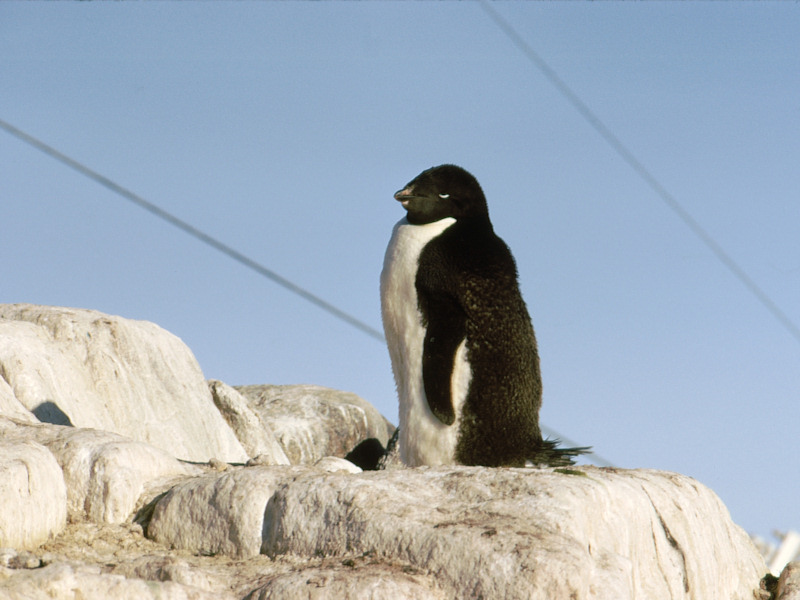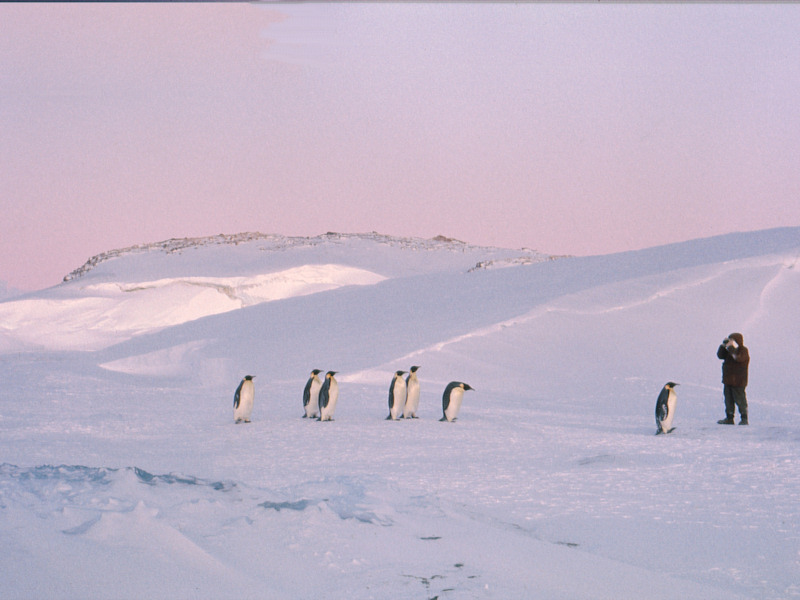
Photo album: "Begining of winterover"
Fly over a photo with the mouse to enlarge it
Click on a photo to open it in a new window
We
arrived, the last dozen of the winter party of the seventeenth expedition in
Adélie Land, only at the end of summertime
because there was so many people on the base, there was no places left to
accommodate us. During summer a scientific campaign to study the ionosphere (between
altitudes of 100 and 300 km) took place, with the launch of three rockets. The
ideal conditions for this experiment were met only a few days before our arrival.
If you wish to watch the film of that campaign, click on the link:
Terre Adélie Année Spatiale n°1, in the page:
MY LINKS
The film (in French language) allows, too, to visit the
base as it was in 1967.
We arrived, therefore, only on March 4th and, as the Thala Dan's Captain was
afraid of a fast weather deterioration, the ship sailed back as soon as the next
day, on March 5th. The three of our team, responsible of the instrumentation for
ionosphere monitoring, being arrived together on March 4th, the only transfer of
instructions we could get was a rapid visit of our installations during the night with the
responsible of the precedent year, plus a stack of hand written notes he left
for our attention.
 |
On the left: The " Fillod " metallic building, housing the radio station and the bedrooms for the expedition members. |
 |
The radome of the radar used to track the weather balloons launched by the meteorologists. |
 |
Ice and rock near the antenna. |
 |
Last Adelie penguins still on Pétrels island. |
 |
Adelie penguins come to the islands to reproduce, during Antarctic summer. Before the beginning of winter they leave to open sea, in order to remain on the pack border where they are able to feed. |
 |
The not yet completed moult can give them a rather comical "hair cut". |
 |
This one seems ready to leave but, maybe, it is waiting for its pals in order not to leave alone? |
 |
An Antarctic skua, its colour makes it blend with the rocks behind. |
 |
The garage and carpentry building. It has been used, as well, as a dormitory during the last summer party. It is also there we spent our first night. |
 |
We are really in winter now, the temperature goes down to -20 Celsius degrees and the sea is frozen. All the birds (Adelie penguins and skuas) are gone. |
 |
Then, some day, newcomers appear. They are emperor penguins. They arrive walking, in small groups, then in long columns. |
 |
This emperor seems to be resting awhile, after tens (or hundreds?) of kilometres covered, now it has nearly reached its destination. |
 |
Altogether there are thousands of emperor penguins arriving to Pointe Géologie archipelago to mate and reproduce during the Antarctic winter. |
.
.
.
.
.
.
.